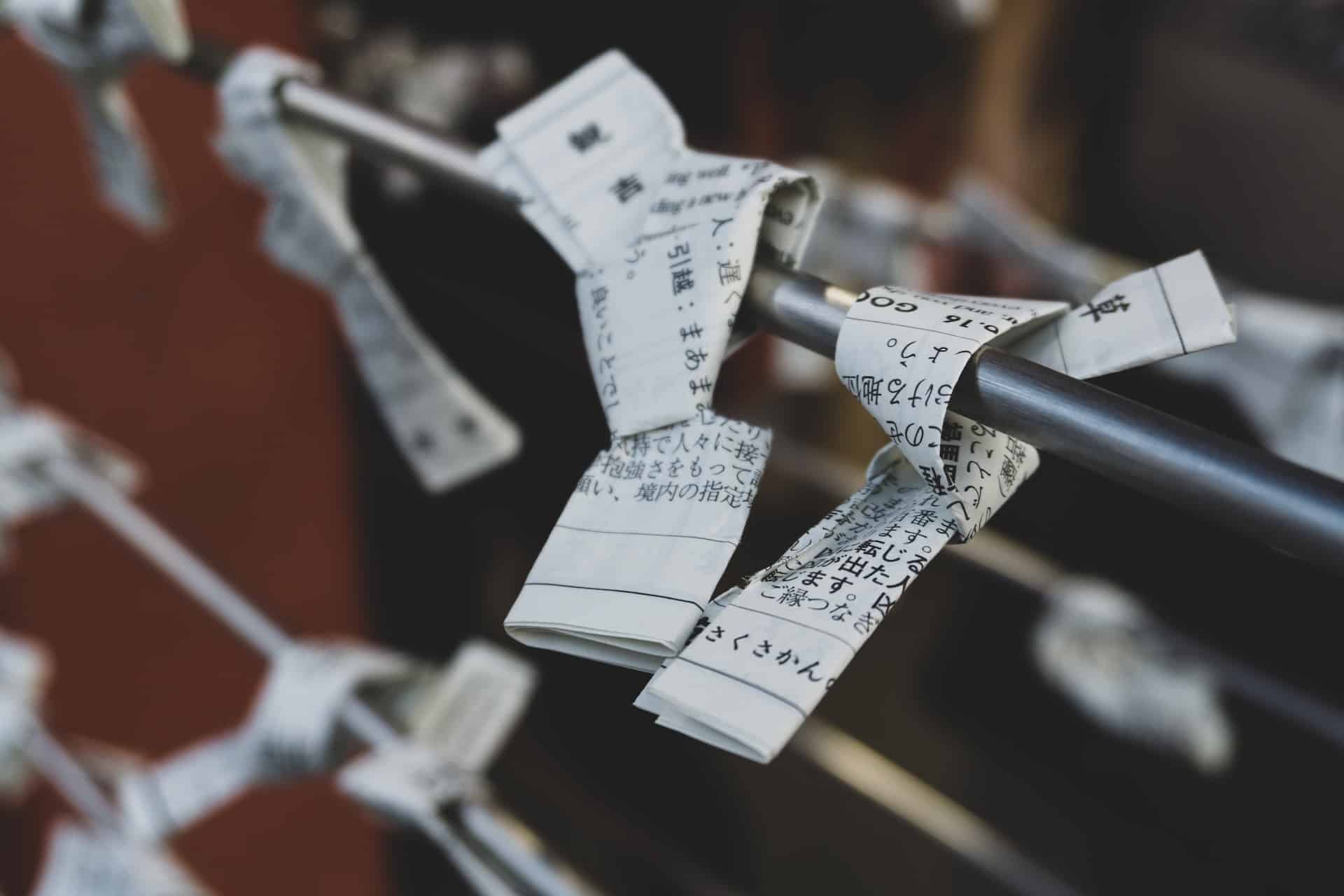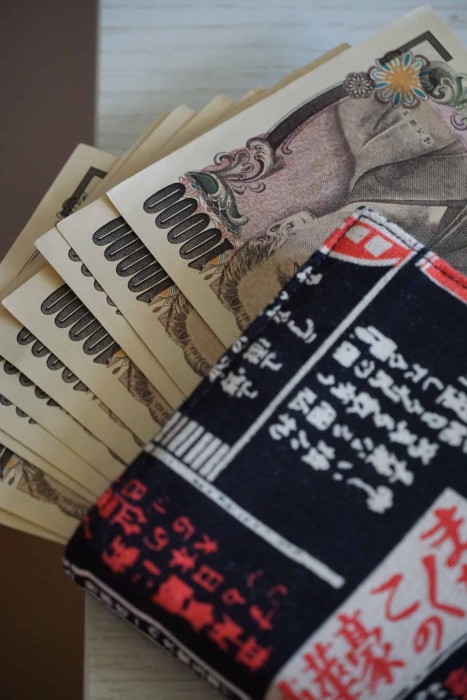
"This Japanese financial management method will help with spending and saving for those of you who want to improve correct and better financial planning."
This method of saving Kakeibo was once again popularized by a Japanese writer named Fumiko Chiba in her book entitled Kakeibo: The Japanese Art of Saving Money. However, long before it was popularized again by Chiba, this saving technique was introduced by Hani Matoko in 1904. Matoko introduced this method to housewives in Sakura Country so that they could help manage the household financial system properly. By recording every expenditure, one can reflect on the budget made and the money spent. Thus, everyone can realize sound and balanced financial management.
As quoted from the CNBC Indonesia website, https://www.cnbcindonesia.com, here's how to save using the Kakeibo method.
The first thing you can do to save using the Kakeibo method is to record all income at the beginning of each month. For example, income from a monthly salary, or doing a side business must also be recorded.
2. Determine the amount of money to be saved or invested
Make sure to set aside the money you want to save first. If you have set aside money to save and invest, then your next step can be to allocate other remaining funds to several expense items.
3. Separate between Desires and Needs
In this method, divide expense items into 4 categories:
- First: Survival needs or basic needs, such as spending on food, paying bills, paying installments, and other obligations.
- Second: Optional or secondary needs, such as entertainment and hobbies.
- Third: Culture or insight needs, such as books, films, magazines, and things that can add to your insight or skills.
- Fourth: Extra or other unexpected expenses, aka emergency funds, such as gifts, mourning the deceased, and other non-routine expenses.
That way, the use and management of finances will be clearer and properly planned.

Photo by jun rong loo on Unsplash
4. Use Cash
Even though now the use of transaction tools such as the use of digital wallets and QR is increasingly widespread, still try to transact using cash. And always remember to record expenses. So you can know more clearly about the nominal amount of money that has been issued that day.
5. Determine the Priority Scale
Maybe you can make various reminder notes so you can make considerations before making a shopping transaction. But there are other ways you can try, namely by not getting used to buying things you like immediately after seeing them.
Before buying something, think about whether you really need it or just want it. Don't forget to think about various other priority needs that are much more important than just the items you just saw but are not necessarily useful or needed.
6. Reflection & Financial Evaluation at the End of the Month
In carrying out this process, you can reflect and conclude while looking at the notes that have been made for a full month. Maybe you can try to answer the following questions:
- How much money do you have right now?
Calculate it by subtracting the income and all mandatory expenses that have been recorded.
- How much do you want to save?
Try to make a savings target which must be set aside at the beginning. Don't hesitate to create an emergency fund so that when it's time to use it, you have money saved for an emergency fund.
- How much has been spent?
Don't forget to record all expenses for a month to find out what expenses can be cut.
- What can be changed or improved?
This reflection is done so that you can see and conclude whether the budget made is on target or not. This step can also review expenses and what can be changed to achieve targets. Good luck!















